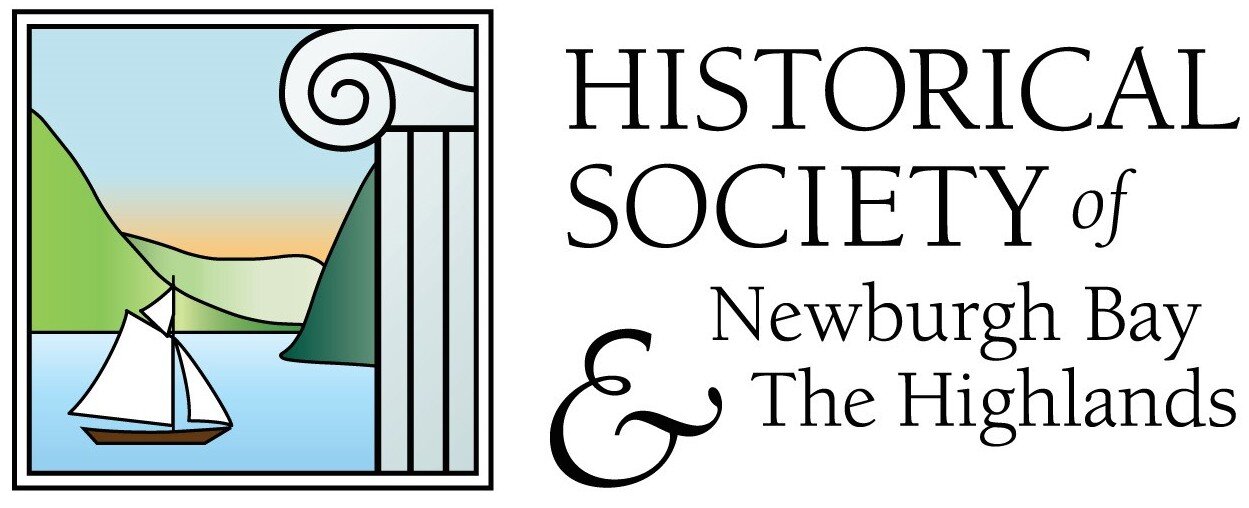Where was this Newburgh parade?
This past weekend, Newburgh’s streets were active with people enjoying the delights of the start of “summer.” From Downing Park to the River Art Walk, we got out into the sunshine to celebrate our cultural treasures of art, architecture and landscape. The annual Memorial Day Parade marched from the west end to the east along Broadway to Washington’s Headquarters where it disbanded with a solemn ceremony for remembrance of our war dead at the same location where America’s first army also disbanded and where peace for our new nation was declared. Our hometown’s location as “Birthplace of the Republic” is one reason local citizens have always supported patriotic events.
In 1999, a painting was discovered that attests to this. The lovely painting was created in 1918 by regional artist Gifford Beal (1879-1956). Gifford R. Beal, from one of America’s prominent artistic families, was born in New York City and kept a home there, but lived seasonally for many years in Newburgh. He married Maude Ramsdell, daughter of transportation executive Homer Ramsdell, explaining his connection to the Hudson River Valley and the many river and boating scenes he included in his body of work. A celebrated artist in his lifetime, Mr. Beal was honored with purchases of his work for prestigious museums like the Art Institute of Chicago and the Metropolitan Museum of Art. The painting discovered in 1999 was in the Phillips Collection, the first museum of modern art in America founded in 1921 in Washington, D.C.
Given the title “On The Hudson At Newburgh” by museum staff, the lovely painting is dated 1918. Conservators at the Phillips found the painting when they were cleaning a different Beal work, “Parade of Elephants,” a circus scene. Mr. Beal had evidently put this second canvas (dated 1924) on the stretcher holding his 1918 Newburgh scene. For 75 years the Newburgh parade picture had been hidden until the ultraviolet light conservators were using to assess the circus painting revealed a second set of tacks beneath the first canvas surface. They carefully lifted the Parade of Elephants and what a blessing they discovered for Newburgh, NY, not to mention for their collection. There was this wonderful scene of a mother and children watching a passing parade of soldiers heading down a steep Newburgh street.
A young family watches Newburgh soldiers pass by from somewhere in downtown Newburgh in 1918.
The soft, clear light, the clothing and the early garden planted by the mother’s feet suggest springtime. Armistice wasn’t declared in World War I until November 11, 1918 and Newburgh’s troops were certainly not home in time to parade late that year. Therefore, Gifford Beal’s scene is more likely depicting local troops heading off to join in the bloodiest season of the fighting.
Who, we wonder, is the sweet lady watching them go and where might she have been standing? Newburgh’s landscape was so drastically altered since she and her children stood there that it is hard to be sure of her location. Most Newburghers who have studied the painting since it was discovered have speculated that the view is from lower Broadway above either Colden or High street. Was there ever a residence there with a south-facing porch? Is the lawn and its paths perhaps St. John’s Methodist Church property depicted with some artistic license by Mr. Beal? We may never know but our enjoyment of the view and the story it tells of a moment in city history remains.
Perhaps The Phillips Collection (1600 21st St. NW, Washington, DC. www.phillipscollection.org) galleries should be added to your itinerary next time you visit Washington, D.C.

